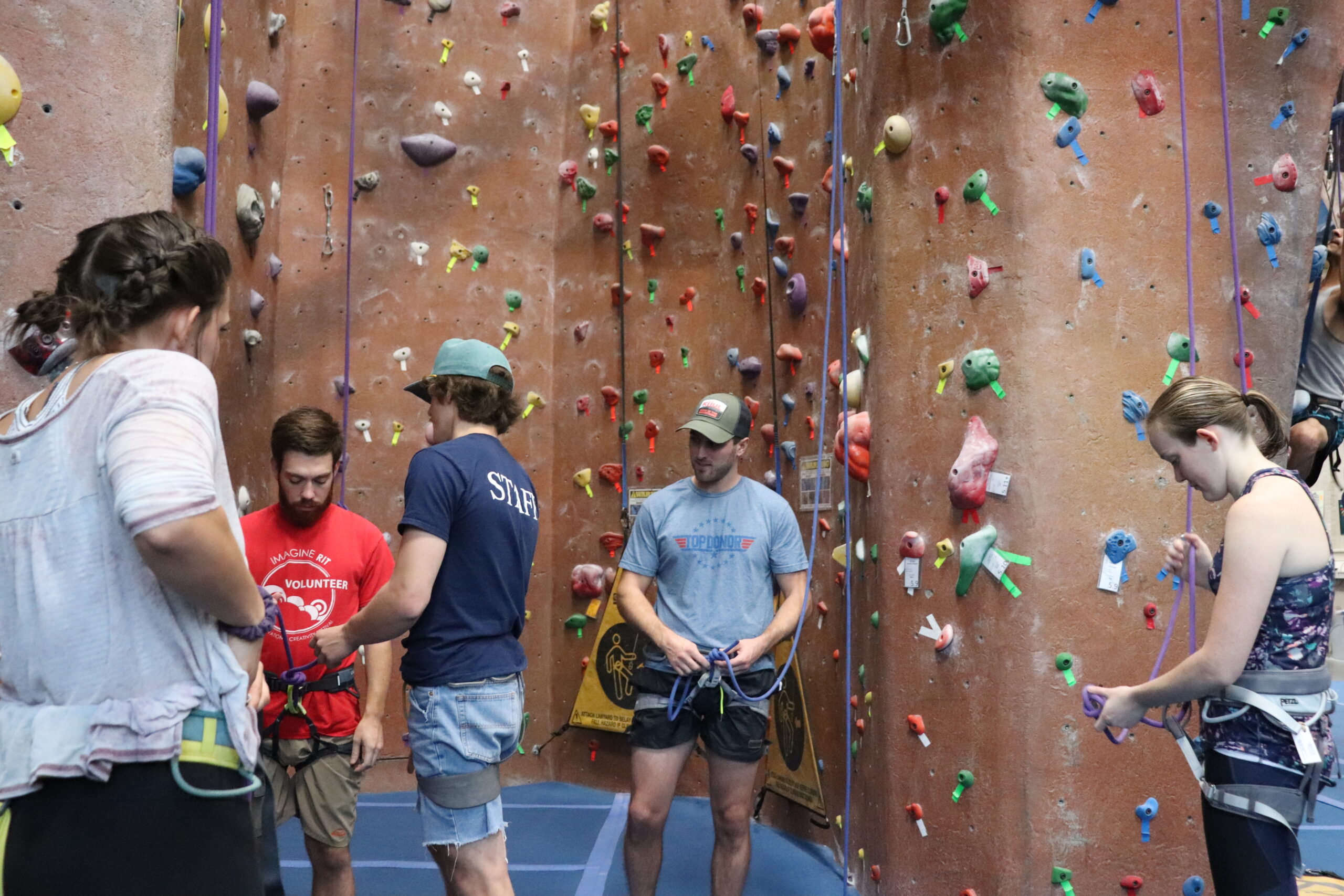Came across a list of the world’s happiest countries/provinces/cities today and found it fascinating. Why don’t we try to liven up Roanoke a little bit? Here are some common features that each of these places share.
1. Natural Movement – The world’s longest living people don’t pump iron, run marathons or join gyms. Instead, they live in environments that constantly nudge them into moving without thinking about it.
2. Purpose – A multitude of studies have reported that knowing your sense of purpose is worth up to seven years of extra life expectancy. Furthermore, Patricia Boyle, a researcher at the Rush University Medical Center and part of “Rush Memory and Aging Project”, has identified that having a life purpose greatly reduces the risk of Alzheimer’s and other cognitive degenerative diseases.
3. Down Shift – Even people in the Blue Zones experience stress. What the world’s longest living people share are the routines that help reduce and cope with stress.
4. 80% Rule – “Hara hachi bu” is a 2500 year old Confucian mantra originated in Okinawa and said before meals that reminds people to stop eating when their stomachs are 80 percent full. The 20% gap between not being hungry and feeling full could be the difference between losing or gaining weight.
5. Plant Slant – Beans, including fava, black, soy and lentils, are the cornerstone of most centenarian diets. Meat, mostly pork, is eaten on average only five times per month.
6. Wine @ 5 – Moderate, regular drinkers are said to outlive non-drinkers.
7. Loved Ones First – Successful centenarians in the Blue Zones put their families first. This means keeping aging parents and grandparents nearby or in the home. They were also committed to a life partner, which can add up to 3 years to one’s life expectancy.
8. Right Tribe – The world’s longest living people chose or were born into social circles that supported healthy behaviors. Research from the Framingham Studies shows that smoking, obesity, happiness, and even loneliness are contagious. Thus, the people with highest life expectancy had health behaviors that were favorably shaped by their social networks.




